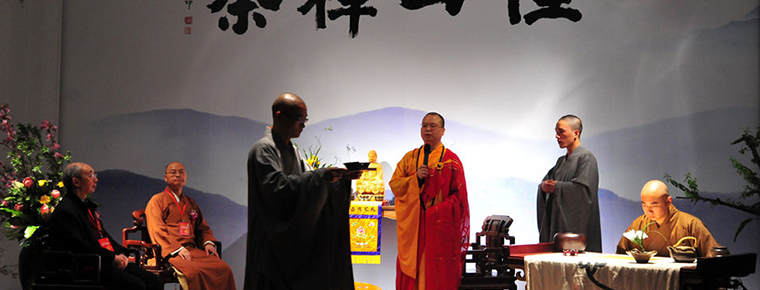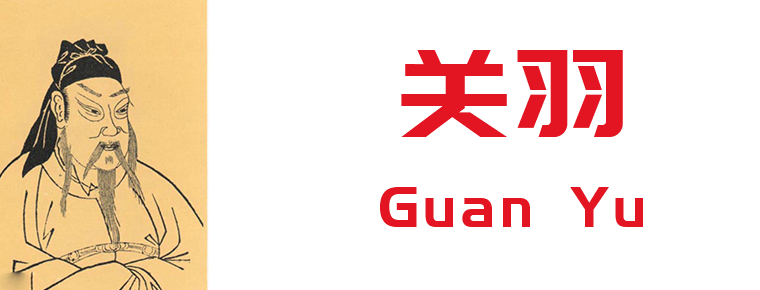2018-11-26

- By ChinaWiki.net
- Chinese Edition
- 2020-10-16
Laojunshan scenic spot in Pingshan County
Laojunshan scenic spot in Pingshan County is a provincial scenic spot approved by the people's Government of Sichuan Province. It is located on the southern edge of Sichuan Basin and is located on the arc-shaped tourism line of Chengdu Emei Mountain Laojun Mountain Zigong Dinosaur South Sichuan Bamboo Sea Chongqing Three Gorges of Yangtze River. There are about 10000 hectares of virgin forest around Laojun Mountain, which is the best preserved and the only subtropical primitive forest area in southern Sichuan.
Laojun Mountain
Longhua Town, the center of the scenic spot, is 37 km away from the county seat, 143 km away from Leshan City and 118 km away from Yibin City.
Laojun Mountain, the first peak in South Sichuan, has an altitude of 2008.7 meters. There are both Laojun temple and Buddha Temple on Laojun Mountain, which is known as the fairyland of Taoism and Buddhism. There are more than 3500 species of tree species in the forest area, more than Mount Emei. Davidia involucrata, a rare and endangered tree, is common in Laojun Mountain. There are more than 1000 kinds of birds and animals in the forest area, and there are more than 300 kinds of national key protection, such as flying mink, leopard, black bear, cub, golden pheasant, etc.
The scenic area has a history of 1060 years
The ancient town of Longhua
Longhua ancient town, built in houshu, was named as a provincial historical and cultural town by the provincial government in 1992.
The 500 meter long "Ming and Qing Street" in the ancient town is all paved with stone slabs. On both sides of the street, there are more than 1000 wooden framed houses built in the Ming and Qing Dynasties. They are simple and elegant. They are the most well preserved buildings of the Ming and Qing Dynasties in the whole province. The film and television circles often come here to take pictures.
The stone Buddha of Baxian Mountain, the world's first Buddha, is 37 meters high and 11 meters wide. It was built before the yuan and Ming Dynasties. In 1991, the provincial government listed the Buddha as a provincial protected cultural relic. There is also a prehistoric plant of the same generation with dinosaurs, tree fern (Alsophila spinulosa), which grows three kilometers away from Longhua Town, with more than 24000 plants. It is the largest natural community discovered so far in China and belongs to the first-class national protected plant. ?
In the scenic area, there are ancient town Liangqiao, Danxia cave group, fishing village of Jiangnan Water Town, unpredictable chessboard array, natural Tianxian stone bridge, swallow hole mineral spring with many depths, Yukong mineral spring with Jinlian in Diyong, and azaleas in Junshan mountain. Countless beautiful sceneries are waiting for friends to explore and win in person. ?
When you travel to Laojunshan scenic spot, you can see not only the beautiful natural scenery, but also the serenity and mystery of the ancient town. You may as well take Longhua as the base to start the journey of Junshan.
Ask a Question
Your email address will not be published.



0 Questions